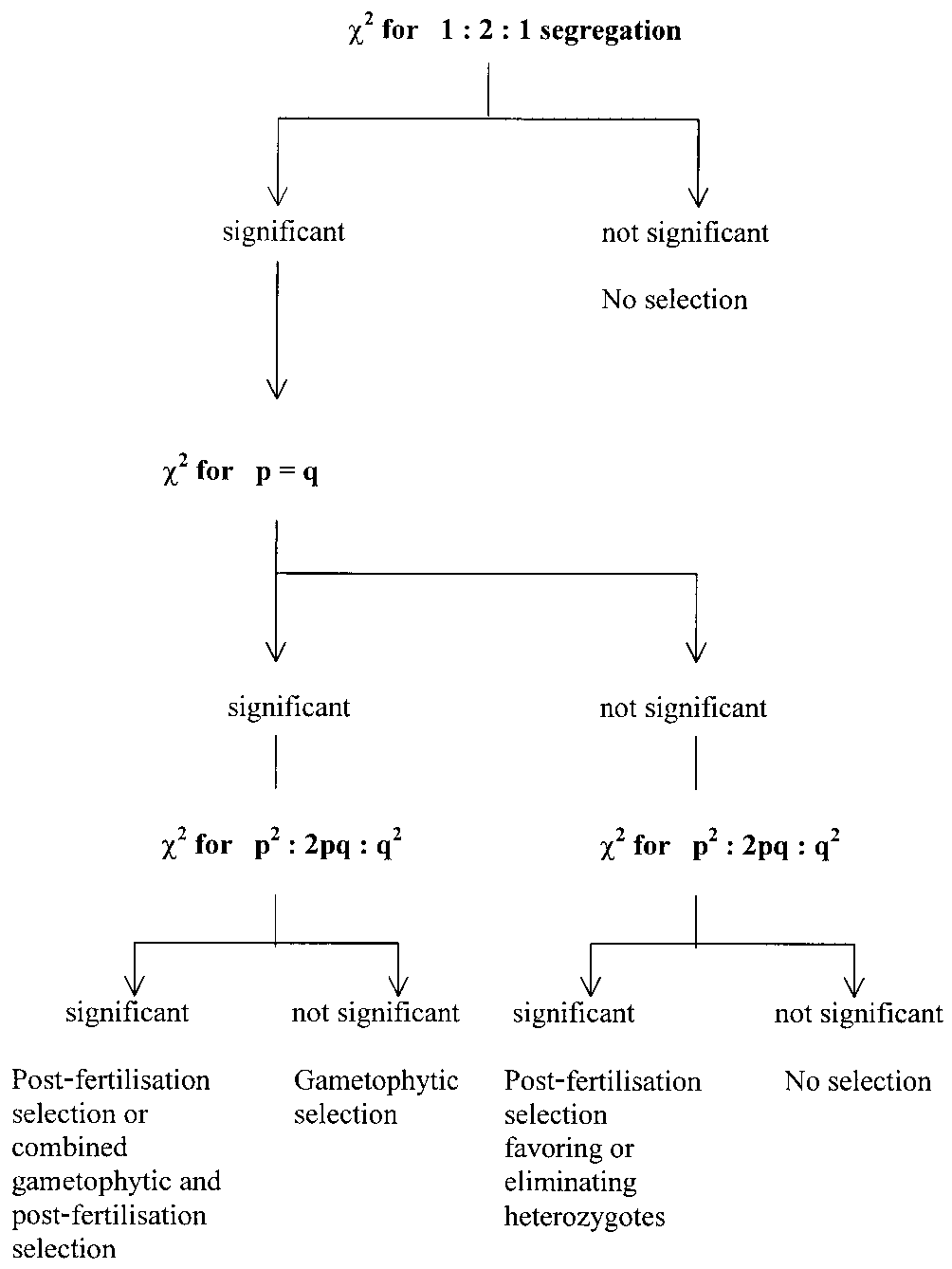Microsoft word - 2009 h1n1 influenza vaccine consent form student.docx
2009 H1N1 Influenza Vaccine Consent Form STUDENT Section 1: Information about Child to Receive Vaccine (please print) STUDENT’S NAME (Last) STUDENT’S DATE OF BIRTH month_________ day________ year __________ PARENT/LEGAL GUARDIAN’S NAME (Last) STUDENT’S AGE STUDENT’S GENDER PARENT/GUARDIAN DAYTIME PHONE CITY STATE SCHOOL NAME Medicare #
 Selective Embryo Abortion Hypothesis Revisited ± A Molecular Approach
The difficulty with isolation of embryos and the very small
amount of material may limit the feasibility of this method.
Selective Embryo Abortion Hypothesis Revisited ± A Molecular Approach
The difficulty with isolation of embryos and the very small
amount of material may limit the feasibility of this method.